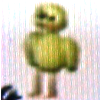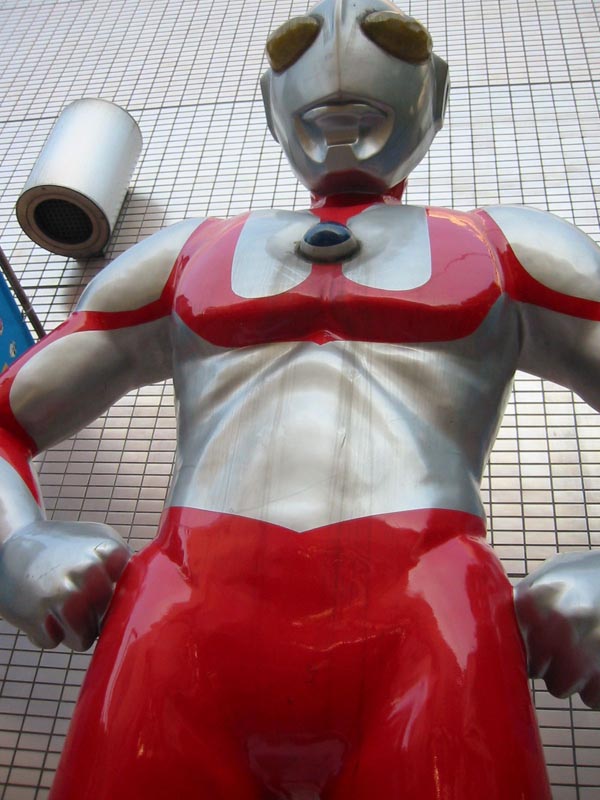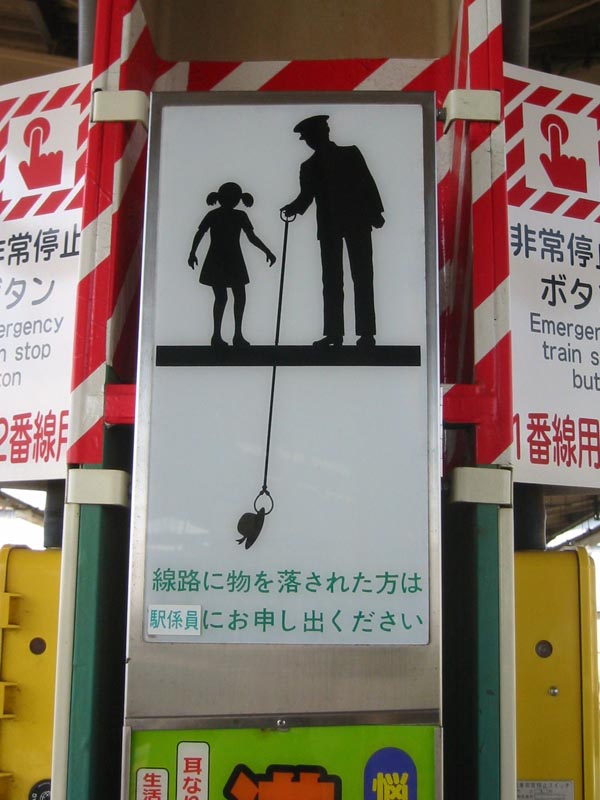Buttoning Down
What if the GBA had had two more buttons, as people kept asking for at the time? What difference would that have made?
You know, aside from fighting games, I don’t see what use the extra two buttons would be. Few games really use more than that for anything significant, and if they do they’re often rather clumsily designed. The GBA has two shoulder buttons that rarely get used for anything much.
Even now, how many DS games use the extra buttons to any particular effect?
As much as I enjoy certain fighting games, I find it kind of stupid that they’re always used as an excuse for a million buttons and a standard layout for controllers. If people want to play fighting games, they can go buy a fighting pad — which most people who are serious about the genre, which includes most people who bother with it, do anyway.
Of course, you can’t easily do that with a handheld. Still, what are fighting games on a handheld besides a novelty? NeoGeo Pocket aside. Which has… two buttons.
But the shoulder buttons are awkward to use, so perhaps that’s why. Anyway, games don’t have to use every button on a controller. Don’t more buttons just increase the available options?
Shoulder buttons aren’t really meant to be action buttons. They’re basically useful for state issues. For changing the nuance of the face buttons — much as with holding up to use the secondary items in Castlevania, versus simply mapping it to a third button.
The more you can abstract the actions, the better. If you’ve got an attack button, try to put all direct attacks on that button. If you’ve got a jump/propel bodily button, try to put everything jumping or flying or swimming or whatever-related on that button. Context (including the context of state-shifting buttons like triggers) narrows down the verb, so the player doesn’t have to think about it.
That’s kind of the idea behind Ocarina, with its context-sensitive jumping and junk. It just wasn’t implemented too well there. RE4 does basically the same thing, except it gets it basically right. In that case, “A” is basically the “DO SOMETHING” button — and what you do is determined entirely by circumstance and what other buttons you’re holding down.
In this light, the point about few GBA games using the shoulder buttons still holds. Between the two shoulder buttons, that basically gives you six face button functions — and yet how many games take advantage of this?
But using the shoulder buttons for state shifting isn’t practical. And besides, a diamond layout lets you pretend the buttons are a second D-pad, for all that implies. And again, isn’t it simply better to have more available options, even if those options are rarely used? Having fewer buttons limits the types of games you can create.
Let’s not be silly. State-shifting is not only practical; it’s one of the only significant concepts in control design to be introduced in the last fifteen years. I’d love to hear what makes it impractical.
Though I guess it’s nice, using the face buttons as a second D-pad is an incredibly specific and imperfect use, that is almost never implemented. Though I might adore Bangai-O, this argument is just as silly as saying every system needs six face buttons so people can play Street Fighter properly.
Of course having fewer buttons limits the possible variety of games. Which is why the PS2 has so many more kinds of games on it than the NES does.
…
As for the “more choice = inherently good” argument: not really. Arguably so at best. See older relatives, who get confused when there’s more than one button on a controller. See the Brain Training game for the DS, that asks people to ignore all of those strange, extra buttons on the system. The most important element in any videogame is an intuitive interface — something that anyone can pick up and quickly understand. An ideal default interface will also offer flexibility on a game-to-game basis, meaning it can’t be too specialized.
The other benefit here is that the fewer input options there are, and the more intuitively they are designed, the more care and consideration developers have to put into control design. Sure, some people will always screw up their work no matter what help they’re given. Might as well rein in the margin for confusion as well as practicable, however — if just for the sake of the end user.
Of course, the question is one of balance. How little functionality is too little to be functional, and how much functionality can you include before you generate clutter — therefore distraction and confusion — in the name of very specific implementations?
State-shifting address this issue elegantly by providing few options then tiering them to accomodate extra depth, for those circumstances where it is desired or required. Think of it in terms of a reference tool. Is it more ideal to have every possible item you might want to read about all on one page, or do you want to break it down into categories, then subcategories? The more you want to know, the more specific the knowledge you desire, the deeper you delve. No clutter. No noise. No distraction. Or a significant reduction in all of this, anyway.
Here are a bunch of games that (arguably) require two joysticks, so ha! And see, I didn’t even mention a FPS yet! And I’ll pretend not to mention fighting games either because you clearly hate them so much!
Yes, exactly. So what?
Mind that I like just about every game you’ve mentioned. Almost.
But you said there were barely any games like that! So there’s a bunch, and I can keep on going! What else are you going to dismiss just because it doesn’t fit into your ideal scheme, huh?!
Look, it’s the same fighting game argument again: Street Fighter uses six buttons, so every controller must have six buttons or else you can’t play street fighter! Except weaker. I’m not dismissing the existence of fighting games or first-person shooters or these random and rare double-joystick games you seem so fixated on; I’m dismissing their import in dictating an idealized default input method, specifically because of their specialized nature.
Again, if you want to play fighting games it’s easy to buy a fighting game controller that’s more suited to the genre than a standard pad ever could be. If you want to play FPS games, a standard pad will never be ideal for them anyway, conceived as they are for a completely different control scheme, so there might as well be a specialized controller to better facilitate them.
I mean, hell. Ikari Warriors wasn’t even designed with two joysticks in mind; it had a rotary stick, the purpose of which was to allow strafing. A more accurate compromise there is using a shoulder button for strafe-lock. Chu-Chu Rocket’s control scheme was a compromise to start with; the game would be better suited to something like a stylus or a mouse interface.
Beyond the stylus, the DS also has the internet thing going — making for an even more ideal Chu-Chu platform.
Which kind of illustrates the point that not every game is suitable for every platform, and no single input device can account for every special demand. There will always be a compromise, and the question is as to where to draw that line.
What you’re asking for is an all-in-one device that accounts poorly for every possible variable, and not only will that never be entirely satisfactory on its own right; it’s also the wrong approach to a deeper problem. By this logic, what else should the average controller include? Should it rattle when you shake it, to make Samba De Amigo more feasible? I’m sure if the feature were included, Kojima would find something to do with it. And then of course it would have to be included in every future controller, or else if Kojima’s game were ported to that system it wouldn’t play exactly right!
Just, come on already.
The question is perhaps both easier and more difficult for handhelds. It’s easier if other platforms are available, that offer different potential. It’s harder in that you can’t just switch controllers so easily. Although, actually, I can think of some ways around that as well.
In the case of the GBA, the question is whether two or four buttons are more ideal. In the long run, given how few games even used the triggers for anything of note, having only two face buttons certainly didn’t seem to hurt it too much, or to constrain too many developers. Would the extra two buttons have done any harm? Well, from what we’ve seen it doesn’t look like they’d have done much good. And, you know, omit needless buttons. Complication for the sake of complication does little save muddy the water.
The four buttons work as a concession on the DS because the main focus is on the touchscreen. The oversupply of buttons helps to balance that off and encourage pedantic gamer-types just as the touchscreen draws in non-gamers. The GBA doesn’t have a mitigating factor, so there the buttons would just be buttons.
Right, like anyone would get confused or put off by two extra buttons.
See, the problem here is that you’re a gamer.












































